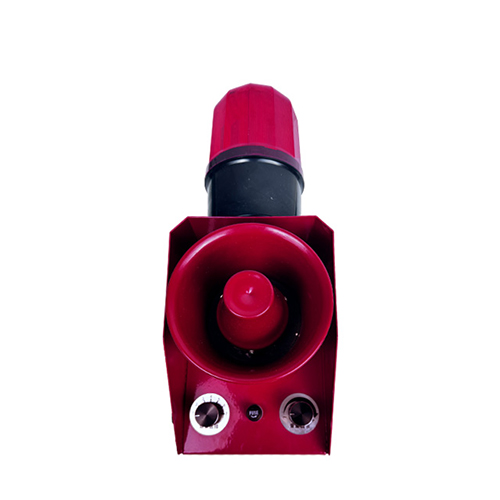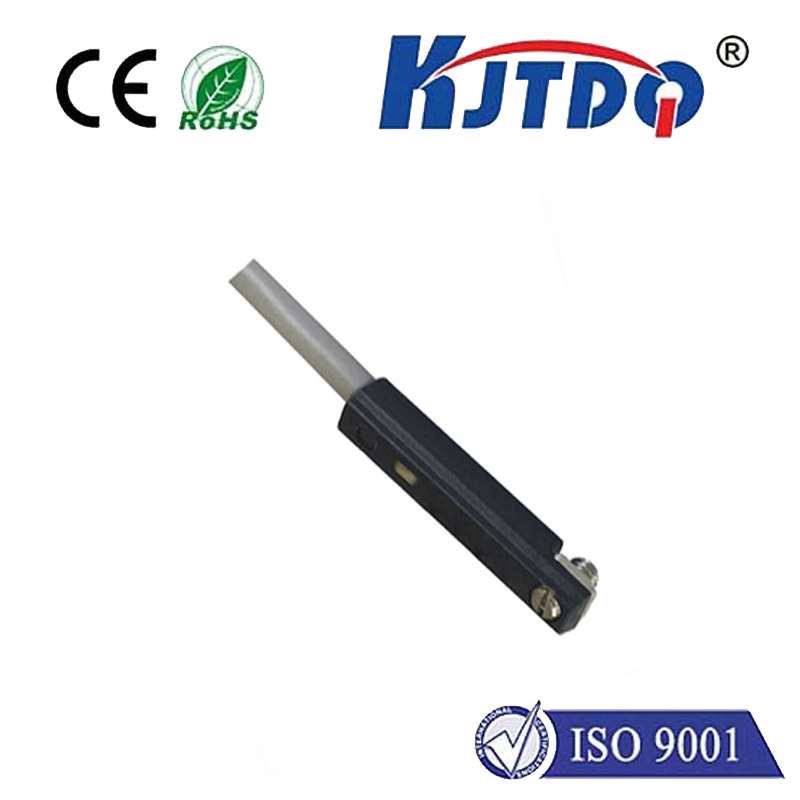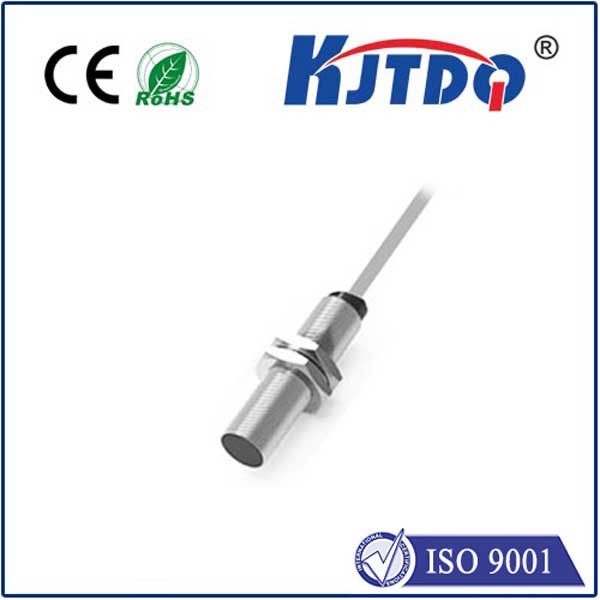нормально - закрытый ограничительный переключатель
- time:2025-07-30 14:26:29
- Нажмите:0
The Safety First Switch: Understanding the Normally Closed Limit Switch
In the intricate ballet of industrial machinery, automated systems, and countless devices we interact with daily, a silent guardian often stands between smooth operation and potential disaster. This guardian relies on a simple yet profoundly effective principle: the нормально - закрытый ограничительный переключатель. Designed with safety paramount, this ubiquitous component plays a critical role in preventing damage, ensuring operator safety, and maintaining system integrity, operating on a fundamentally different principle than its “normally open” counterpart.
What Exactly is a “Normally Closed” (NC) Limit Switch?
Imagine a basic electrical circuit. A limit switch is a sensor designed to detect the presence, absence, or position of an object. Its defining characteristic lies in its resting state. For a normally closed (NC) limit switch:
- At Rest: When the switch is not activated by its target (plunger not depressed, lever in neutral position, etc.), its internal contacts are closed. This allows electrical current to flow freely through the circuit it controls. Think of it as the “default” state being conductive.
- When Activated: When the switch is triggered – the target presses the plunger, moves the lever, or trips the mechanism – the internal contacts physically separate. This action opens the circuit, immediately stopping the flow of current.
The Core Principle: Fail-Safe Design
This “closed by default, open when activated” mechanism is the heart of its critical safety function. It embodies the fail-safe principle.
- Why is this so important? Consider what happens if the switch fails or if the wire connecting it gets severed. If a circuit relies on a closed contact to enable a dangerous action (like continuing machine motion beyond a safe point), a broken wire in a “normally open” circuit would be disastrous – the dangerous action might never be stopped. However, with an NC switch:
- Wire Break or Switch Failure (Open Circuit): The circuit is broken. No current flows.
- Activation: The circuit is broken. No current flows.
In both scenarios – intentional activation or accidental failure – the result is the same: power is cut off. This forces the connected system (motor, conveyor, actuator) to stop or go into a safe state. It defaults to safety. This inherent reliability makes NC switches indispensable for critical safety interlocks, emergency stops, and guarding applications where uncontrolled machine movement could cause injury or severe damage.

Contrasting NC vs. Normally Open (NO) Switches
Understanding the difference is crucial:
- Normally Closed (NC): Circuit CLOSED when inactive (current flows). Circuit OPEN when activated or failed (current stops). Emphasis on Safety/Stopping.
- Normally Open (NO): Circuit OPEN when inactive (no current). Circuit CLOSED when activated (current flows). Emphasis on Activating a function (e.g., starting a process when a part is present).
NO switches are perfect for signaling the start of an action when an object is detected. NC switches are essential for signaling the urgent need to stop when a condition is breached or for creating inherently safe circuits.
Inside the Mechanism: How it Works
While designs vary (plunger, roller lever, whisker), the core electrical mechanism involves:
- Actuator: The physical part touched by the target object.
- Internal Contacts: Typically, a set of metallic contacts held together by a spring mechanism when the actuator is not triggered. These contacts are closed, completing the circuit.
- Activation Force: When the actuator is moved beyond a specific point by the target object, it overcomes the spring force and physically separates the contacts. This opens the circuit.
- Return to Rest: When the target object moves away, the spring mechanism returns the actuator to its original position, forcing the contacts back together, closing the circuit again.
Where You’ll Find Normally Closed Limit Switches: Critical Applications
The fail-safe nature of NC switches makes them the preferred choice in numerous safety-critical and reliability-driven scenarios:
- Machine Safety Guards: The most common application. When a safety gate or door is opened, an NC switch wired into the machine’s control circuit is activated (contacts open), immediately cutting power to dangerous motions. A failure (broken wire) also cuts power.
- Emergency Stop (E-Stop) Circuits: E-Stop buttons are almost always wired using NC contacts. Pressing the button opens the circuit. A wire break also opens the circuit, ensuring the Estop function activates in either failure mode.
- Travel Limit Protection: Preventing robotic arms, gantries, elevators, or linear actuators from crashing into their mechanical end stops. An NC switch positioned at the end of travel is activated to cut power.
- Over-Travel Protection: Safeguarding against mechanisms moving beyond their intended operational range, preventing jams or structural damage.
- Conveyor Systems: Detecting jams or the absence of material where stoppage is required for safety or process integrity.
- Elevator Doors: Ensuring the elevator won’t move if the door safety edge is triggered or the door isn’t fully closed (using NC circuits).
- Security Systems: Magnetic door/window sensors often use NC contacts. Opening the door/window breaks the circuit, triggering the alarm. Tampering with the wiring (breaking it) also breaks the circuit, triggering the alarm.
Key Considerations for Implementation
To leverage the inherent safety of an NC limit switch effectively:
- Correct Wiring: Integrating them correctly into the control logic is paramount. They are typically wired in series within the circuit controlling the power to the hazardous motion. If any one NC switch opens (activated or failed), the entire chain breaks.
- Reliable Mounting & Position: The switch must be mounted securely and positioned so that the target object reliably triggers it within the required travel limits.
- Environmental Suitability: Choose switches rated for the operating environment – temperature, moisture, dust, vibration, and potential exposure to chemicals or oils significantly impact longevity and reliability. Sealed or ruggedized switches are often necessary.
- Contact Rating: Ensure the switch’s electrical contacts are rated to handle the voltage and current (amperage) of the circuit it controls. Undersized contacts can weld shut or fail prematurely.
- Regular Inspection & Maintenance: Like all safety components, NC switches require periodic inspection and testing to verify they function correctly. Check for physical damage, buildup of contaminants, smooth actuator movement, and correct electrical operation.
Conclusion: The Unassuming Essential
The нормально - закрытый ограничительный переключатель is a testament to the power of simple, well-conceived engineering principles. Its deliberate inversion of the “default open” state provides an essential layer of inherent safety in a world increasingly driven by automation. By ensuring that the absence of a signal (due to activation or failure) always results in a safe shutdown, these unassuming components form the bedrock of protective systems across countless industries. Understanding their operation and consistently applying them in critical circuits is fundamental to safeguarding personnel, equipment, and processes. They are the epitome of designing for fail-safe operation.










